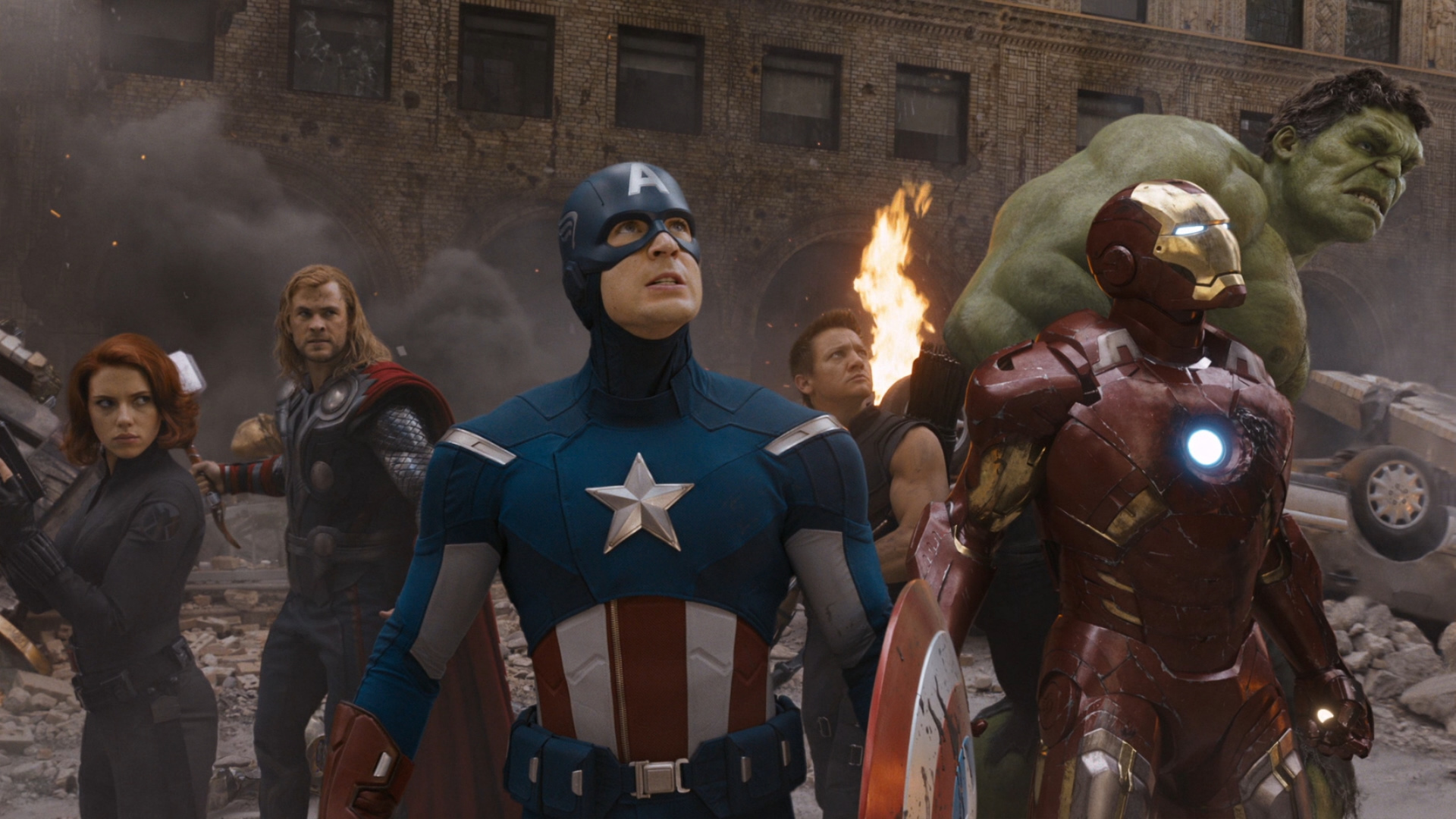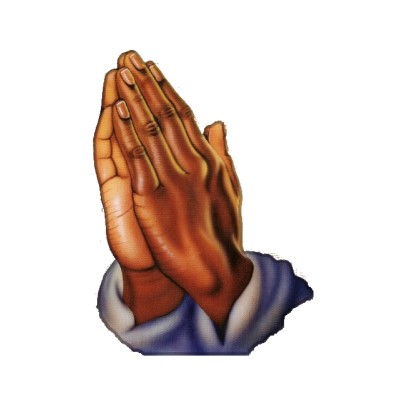The Avengers is one of the most popular superhero movies ever created, and even considered by some to be the best of the MCU (Marvel Cinematic Universe) movies. When it first came out, I admit that I had fun and enjoyed seeing this superhero team in action. However, I also considered the movie to be average in terms of plot and thought. Even when the movie tries to surprise me, I found myself predicting what the characters were going to do next. Also many of the stakes are low when you know that none of these heroes are at the risk of death.
So, I often considered The Avengers to be overrated and not as great as everyone else seems to make it out to be. I wanted to give it another chance (or should I say, a 4th or 5th chance) and watched it again recently to see just how 'good' or 'great' The Avengers really is. These ratings are now higher than what they would have been in my initial viewings when the movie first came out.
Artistic Value (Rating: 4)
The MCU movies are made so that fictional illustrations can become reality, and indeed The Avengers succeeds in doing that. Whether it is seeing Iron Man fly around or Captain America fighting off the bad guys or even seeing the Hulk crashing through a tunnel, it all looks as realistic as possible. Even with the fantastical elements involved with Thor and Loki, or the alien invasion army, the movie is made in such a way that it looks like it really could happen if we walk outside.
The color palette is also bright and diverse. Between the reds, the blues, and the greens in the team's appearance, you get a lot more vivid colors happening here compared to the DC movies or even some of the MCU movies later on, which tone down the brightness and diversity a little. The choice to stay away from Hawkeye's classic purple suit took me out of the movie a bit at first, but then once I realized his character was essentially a black ops military agent, then his all black attire made more sense.
The technology inside the movie is also well crafted. It is meant to look fancy, expensive, and just a little beyond our current capabilities, all while still seeming possible. The movie also gives the new technology good reason for acting the way it does. The floating fortress helicarrier of S.H.I.E.L.D. uses cloaking technology, but the cloaking comes from using mirrors to refract light instead of just saying 'We pressed a button and now we're invisible'. Iron Man's latest suit can attach to his whole body even when he is falling through the air, but it shows that he has to wear specific devices and the suit has to scan his body before it can fit him.
I went back and forth on whether to rate the value at 4 or 5. Part of the problem is most of my criticisms are nitpicking, but there's enough collective nitpicks plus some minor peeves to keep this movie from being close to artistically perfect. Most people have pointed out how unrealistic it was for the heroes to be communicating to each other without actual earpieces and microphones. Another detractor from the realism is Bruce Banner's random ability to control his transformation in the Hulk for the New York battle. If he could control this ability, why couldn't he stop himself from transforming on the helicarrier or why was he worried about being around people? Banner's conflict comes from his inability to control the Hulk transformations and when the script decides to take that away just for the sake of cool fighting scenes. This movie shoots for ultra-realism, but this minor communication feature is a major flaw in realism. Even with some cool slow-mo punches and a cool extended-take action scene during the New York battle, most of the actual fights were choppy and cut up. I take off some points for some of the make-up that didn't work, such as Loki's appearance in the beginning when he transports into S.H.I.E.L.D's base. These nitpicks are what make the Artistic Value a 4.
Moral Value (Rating: 3)
Here is the tricky part involved with any superhero movie. Are the superheroes the justifiable good guys? Are these role models for kids, and for adults even, to look up to? Some of these more ethical based questions get examined in future movies, but here the lines are just kind of generically established about who fights for good and who fights for evil. Loki is the definitive bad guy, as are the aliens that he works with, while the Avengers just kind of take the hero mantle since they are Loki's oppoinents. These lines are pretty blurry though, when one of the members of the Avengers, Hawkeye, spends 2/3s of the movie brainwashed into working for the villain and also when S.H.I.E.L.D's Phase 2 secrets become revealed.
When it comes to the final battle in New York, the good guys take some questionable actions to do what they need to do. For one thing, the council in charge of S.H.I.E.L.D has a nuclear missile fired upon the city, claiming that destroying the city is for the greater good of stopping the alien army, even if it means killing many innocent civilians. The other thing is the Avengers willingly destroy much of the city's buildings and property in order to defeat their opponents, again trying to save the world but also putting innocent lives at risk with the rubble and destruction. It's frustrating that people give DC so much trouble for all of the destruction that Superman causes, especially in Man of Steel, but I've never really heard any complaints about the destruction from the Avengers.
The PG-13 rating is warranted based on the level of action and violence involved, as well as some references made especially by Tony Stark. The violence wants to be realistic (Loki kills a whole bunch of nameless soldiers right out of the gate) but since it is a movie aimed at a wide age range, it does not have the guts to show...the guts and gore involved in killing. This is perhaps the least realistic part of the movie. It wants to pretend to be a fictional cartoon to get away with the violence even though it otherwise wants as much realism on display as possible.
Tony Stark is a problematic superhero role model because he shouldn't really be a role model based on his characteristics. He has not really seemed to turn away from the alcoholic, playboy lifestyle that was established for him in Iron Man. His snarky, selfish attitude is not really something for kids to emulate, even though our internet-age young adults seem magnetized to that kind of person as influential. Yet, the character arc given to Tony allows him to make up for this character flaw by being willing to sacrifice himself when the nuclear missile threatens New York.
I think one of the positive moral factors in this movie is Hawkeye's story of redemption. I do not think people give him enough credit for being a knowledgeable and skillful member of the Avengers team just because he does not have anything comparatively extraordinary about him. However, while under the control of Loki, Hawkeye is able to come up with plans just as well as Loki does on how to distract or take out the Avengers . He is able to infiltrate the S.H.I.E.L.D helicarrier and successfully lead men into defeating the team. After his encounter with Black Widow, the mind control is lost. Hawkeye knows he helped the villain and hindered the protagonists. He seeks revenge on Loki in the New York battle, but in doing so he helps make up for his mistakes throughout the movie. His skills may not be as heavy-hitting or as flashy as the others, but he is still able to give the team visual guidance and use his skills as an archer to take out as many enemies as possible. Heck, he almost snipes Loki and had he not been a super-powered magical alien, Loki would have died.
So yeah, the confusing imbalance between the complexity and simplicity of the characters' ethical trait detracts from the morality rating. While this is ultimately a good versus evil story, it's not necessarily a light versus darkness story, which is where some of the latter movies improve on.





















